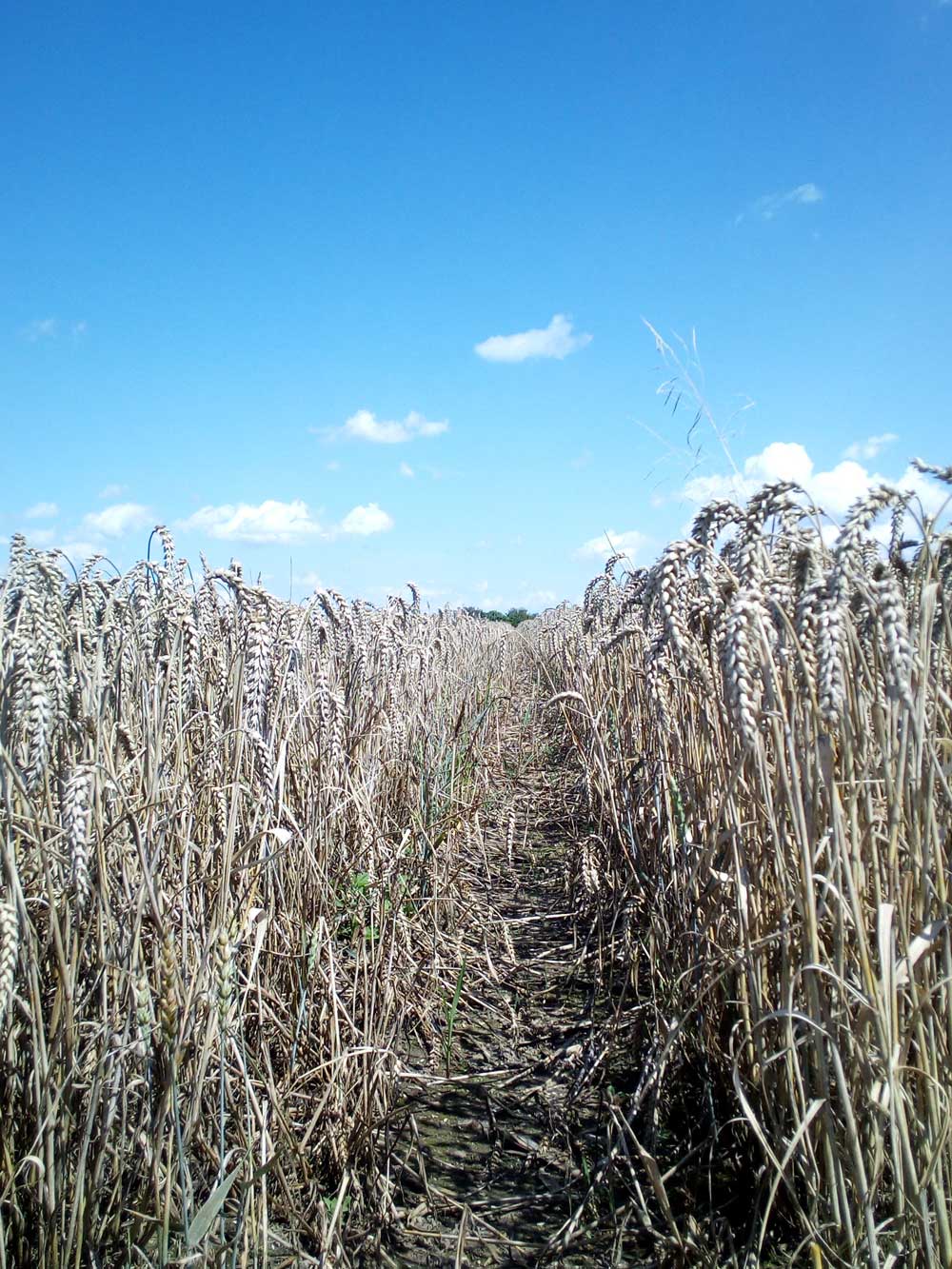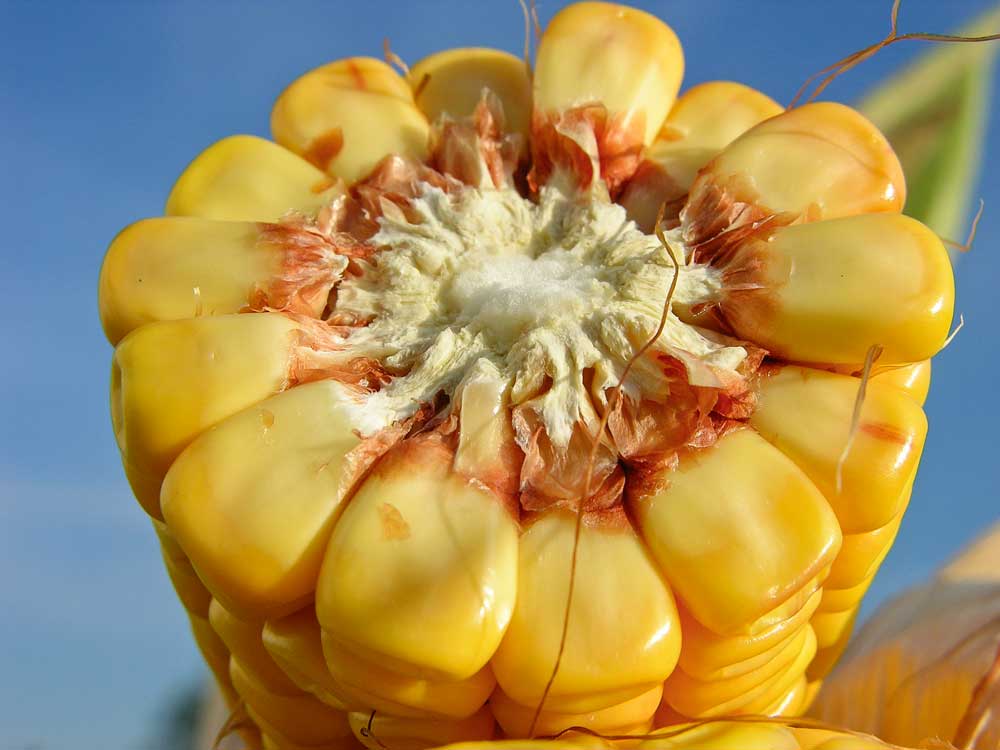New bread-baskets supply the world
By Bernd Chilla, RMI, Hamburg
There’s strong growth in wheat trading worldwide with latest figures showing a yearly total of 180 million tonnes. Just 15 years ago wheat exports were mainly sourced from the USA, the EU, Argentina, Canada and Australia. Now, most important suppliers are countries bordering the Black Sea with Russia and Ukraine reassuming the roles they played 100 years ago as the world’s major granaries. Russia already supplies 25% of the global wheat trade with just short of 10% coming from Ukraine.
Ukraine: Wheat trading turnabout
Up until a few years ago, Ukraine was biggest supplier of feed wheat. For instance, the country annually shipped large amounts westwards into the EU. The Spanish livestock feed sector was one of the most important customers. But the quality of Ukrainian grain has continually improved. One result: countries outside the EU are becoming increasingly interested in the ware.
Russia’s development is similar. There too, farmers have substantially bettered wheat yield potential and grain quality and this has boosted export trade, elevating Russia into pole position among the world’s wheat exporters.
But the highest quality wheats still come from USA, Canada or Australia. Nevertheless, wheat’s importance for US farmers has reduced considerably and this is reflected in the global trading scene. While the USA still plays an important role, its wheat exports in an otherwise growing world market have stagnated for years. On the other hand, wheat growing in Canada has recently been substantially intensified with average yields increased and export potential thus slightly expanded.
Egypt: World’s biggest wheat importer
Once, the USA or France shipped huge amounts into Egypt. Now, Russia is the biggest supplier with 70% of the trade. Another 10% is unloaded from Romania. France has more or less disappeared from the supplier list, coming into question for increased shipments, along with the USA, only when there are poor harvests in the Black Sea region.
Further west in north Africa, Algeria and Morocco also remain very important wheat customers with Germany as one of their suppliers. However, in both these countries the amount of wheat imported depends not only on increasing population figures but also on the tonnage that can be produced at home in any one year.
Africa: A very promising market
So long as the USA imported large amounts of crude oil, Nigeria was an important trading partner. Barter took place: wheat for oil. Now, the USA needs hardly any oil from Nigeria and the West African country increasingly buys wheat elsewhere with Russia a favourite source. But the situation has also led to more wheat from Germany, Poland and the Baltic States finding a market in Nigeria.
The Nigerian development is comparable to that in South Africa: a typical customer for higher quality wheats. Shipments from EU and Russian grain fields have increased enormously in recent years while imports of Australian and US grain have fallen significantly. One reason for higher imports from the EU, especially Germany, is a trade agreement between both countries. This agreement enables South Africa to source 15% of its total imports from Germany or the Baltic States.
Southeast Asia: Motor of world wheat demand
Traditional food consumption traits in Bangladesh have changed markedly with an immense increase in wheat requirement for the snack sector. This development has resulted in wheat imports more than doubling between 2015 and 2018 compared with previous years. While Bangladesh traditionally aims for higher quality wheat, it still buys on price alone so that European wheat hardly has a chance.
The situation is similar in Indonesia, the world’s second-largest wheat buyer. This 260 m inhabitant country experiences a steady rise in demand for imported wheat because of its population growth. In the past, Indonesia’s aim was to steadily reduce wheat flour imports through higher duty so that a thriving milling industry could be developed.
Traditionally, the USA, Canada and Australia were biggest importers. But since 2014 the situation has substantially changed with Russia, Argentina and Ukraine all increasing their wheat deliveries. And any increases in wheat demand are mostly met by these three countries.
New important destinations for wheat shipments are the Philippines and Vietnam – although their added wheat requirement is mainly for the feed sector. This means both countries emerge as large importers whenever wheat is relatively inexpensive. Both are also very flexible when it comes to choosing suppliers in this respect. It can be wheat from South America, but just as likely Romania, Bulgaria or Ukraine.
Alone Russia, Ukraine, Germany and France together harvest a good third of world barley production and 40% of global barley export volume is supplied from these three lands. This share has increased continually since 2009/10. The jump in trading figures began with an increase in demand for brewing barley in South America, a development that also encouraged Argentina to become a large-scale producer of barley and supply neighbouring countries with the brewing grain. But also selling in South America is malting barley from Europe, especially France and Denmark.
China: Increasing eastern market
The second growth boost for the international barley market got going a good five years ago with rocketing demand in China. Periodically, this country now takes over from Saudi Arabia as the world’s biggest barley importer. The Chinese barley market is, however, very strictly regulated. For instance, Germany barley is not allowed on phytosanitary grounds.
Neither is demand now limited to brewing barley. Feed standard is also looked for, whereby the key market here is Saudi Arabia, a steady customer for around 30% of global barley trade (including brewing barley). Germany is included amongst the desert kingdom’s important suppliers of barley, typically when supplies from Ukraine and Russia start to run out, which often happens six to eight months into the financial year. Other important customers in the region include Iran and the North African countries that tend to import mainly European barley.
USA: Maize dominance shrinks
Maize boasts the highest growth rates in global grain trade with an annual 150 m t nowadays, two-and-a-half times the total (60 m t) of 20 years ago.
This market continues to be dominated by the USA, although not so strongly as before. One reason is that joining traditional export countries, e.g. Argentina, are now Brazil and Ukraine, both supplies making big waves in the world maize market. Brazil, for instance, continually expands its maize growing area.
Government policy plays an important role in this respect, for instance the ban on growing soybeans after soybeans with two harvests a year. Brazilian growers had therefore to slip another crop into the rotation, leading to a massive expansion of maize drilled as winter crop after beans. Meantime, grain yields from this second crop have overtaken those of maincrop maize grown from June to March. The associated increase in maize production from Brazil has boosted the country to second place in the global maize exporting league. Ten years ago, Brazil played hardly any role in this field.
EU: Reactions in Ukraine
In central Ukraine, farmers‘ crop rotations have totally changed. Now, there’s a strong resemblance to the US model based on grain maize and soybeans. The maize harvest has more than doubled within the last ten years, reaching an average 25 to 30 m t. In fact, 34 m t was driven home during the 2018 harvest. In that domestic demand remains unchanged this means exports have soared. Important is that Ukraine grows the EU favoured GM-free product. Currently, there’s a shortage of feed grain in northern Germany, this gap being filled mainly by Ukrainian maize. The Russians, too, are now growing more of this crop, although expansion in this respect is much lower than in Ukraine. Despite this, some 40% of the Russian maize harvest now flows into the export trade.
Main reason for the strong growth of the global grain maize trade is emergence of new importing countries. Even the existing markets in North Africa - Algeria, Morocco and Egypt - where around 15% of global shipments are landed, have doubled their maize imports over the last decade to a present total close to 18 m t. Poultry meat production is the growth motor here. For instance, Egypt recently introduced a high import tariff on poultry meat to help profitability of domestic production. These three countries import their maize mainly from Ukraine and South America, the USA featuring as supplier only when it can offer cheaper grain.
Poultry meat production is also powers maize demand in the Near East and Middle East countries. Around 10% of global trade volume (15 m t) is imported currently by Iran, Saudi Arabia and Turkey.






